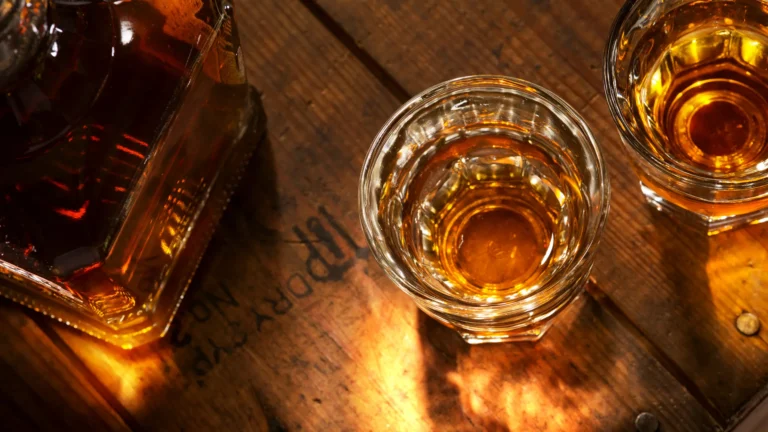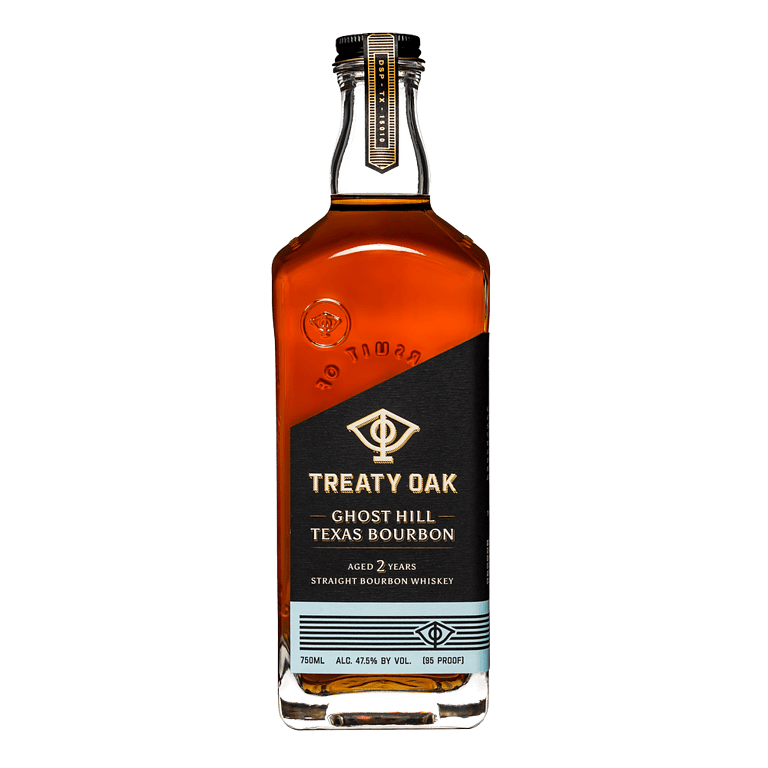Tasting Notes and Profiles of Texas Whiskey
Texas whiskey has rapidly carved out a niche in the world of spirits, renowned for its bold flavors and unique profiles. This guide delves into the tasting notes and profiles of Texas whiskey, helping you appreciate its complexities and nuances. Whether you’re a seasoned connoisseur or a curious newcomer, understanding how to taste and pair Texas whiskey will enhance your appreciation of this exceptional spirit.
How to Taste Texas Whiskey
Tasting Texas whiskey is an art that requires attention to detail and a methodical approach. Each element—from appearance to finish—plays a crucial role in the overall experience. Here’s how to taste Texas whiskey effectively:
Appearance
The first step in tasting Texas whiskey is to observe its appearance. Pour a small amount into a glass and hold it up to the light. Notice the color, which can range from pale gold to deep amber. The color often indicates the age of the whiskey and the type of barrel used for aging. Swirl the glass gently and observe the legs—the streaks that form on the inside of the glass. Thicker legs often suggest a higher alcohol content or more viscosity, hinting at the whiskey’s richness.
The visual inspection of whiskey can tell you a lot about its character. Lighter colors may suggest a younger whiskey or one aged in a previously used barrel, while darker hues often indicate longer aging or new charred oak barrels. Additionally, the clarity of the whiskey can offer hints about its filtration process. Unfiltered whiskeys may appear slightly cloudy, especially if chilled, while filtered whiskeys will be crystal clear.

Aroma
Next, bring the glass to your nose and take a moment to inhale the aromas. The nose of Texas whiskey can be incredibly complex, offering a variety of scents. Start with a gentle sniff and then take a deeper inhale. Look for notes of vanilla, caramel, oak, and spices. Each sniff might reveal new layers, from fruity undertones to hints of smoke. The aroma is a prelude to the flavors you’ll experience on the palate.
Spend time identifying the different scents. Some aromas may be immediate and strong, like vanilla or spice, while others, such as fruit or floral notes, may require a more refined nose to detect. Holding the glass slightly away from your nose can sometimes reveal lighter, more volatile compounds, whereas deeper inhales can highlight heavier, richer aromas.

Taste
Now, take a small sip and let it roll over your tongue. Notice the initial flavors and how they evolve. Texas whiskey often has a bold, robust profile with a mix of sweet, spicy, and woody notes. Pay attention to the balance of flavors and the texture of the whiskey. Is it smooth or does it have a bit of a bite? Take your time to savor each sip, allowing the full spectrum of flavors to emerge.
The initial taste, or attack, is what you perceive first. This can be quite different from the flavors that develop as you hold the whiskey in your mouth. Pay attention to the mid-palate flavors, which often reveal the complexity and depth of the whiskey. The texture, or mouthfeel, is also important; some whiskeys feel oily and rich, while others might be more dry and crisp.

Finish
The finish is the lingering taste that remains after you swallow the whiskey. It can be short, medium, or long, with flavors that gradually fade. A long finish with evolving flavors is often a sign of a well-crafted whiskey. In Texas whiskey, you might find lingering notes of spice, oak, and sweetness that leave a lasting impression. Reflecting on the finish helps complete the tasting experience, highlighting the whiskey’s complexity and quality.
Consider how the flavors transition as the whiskey leaves your palate. Some whiskeys will leave a warm, spicy finish that gradually mellows, while others may maintain a sweet, lingering presence. The complexity and balance of the finish can greatly influence your overall perception of the whiskey’s quality.

Common Flavor Profiles
Texas whiskey is known for its diverse and vibrant flavor profiles. While each distillery has its unique characteristics, some common flavor profiles can be identified across different brands.

Sweet Notes
Many Texas whiskeys feature prominent sweet notes, often derived from the grains used and the aging process. You might detect flavors of caramel, toffee, and honey. These sweet elements can be complemented by subtle hints of vanilla and fruit, creating a rich and satisfying profile.
Sweetness in whiskey often comes from the natural sugars in the grains and the caramelization that occurs during barrel aging. Some Texas whiskeys might even exhibit notes of molasses or brown sugar, adding to their complexity. These sweet flavors can make the whiskey more approachable and enjoyable, especially for those new to whiskey tasting.
Spicy Notes
Spice is a hallmark of Texas whiskey, adding depth and complexity. Common spicy notes include cinnamon, black pepper, and clove. These spices can add warmth and a bit of a kick to the whiskey, making each sip more intriguing. The level of spiciness can vary, providing a wide range of experiences.
The spiciness in whiskey can be influenced by the rye content in the mash bill, as well as the aging process in charred barrels. Some whiskeys may have a sharp, immediate spice, while others might develop a more subtle, warming sensation that builds over time. This spicy profile can make Texas whiskey an excellent choice for those who enjoy a bit of heat in their spirits.
Woody Notes
Aging in oak barrels imparts distinct woody notes to Texas whiskey. You might taste hints of oak, cedar, and even smoke. These woody elements add structure and balance to the whiskey, often accompanied by a slight earthiness. The interplay between sweet, spicy, and woody notes defines the character of Texas whiskey.
The type of oak and the level of char on the barrels can significantly influence the woody notes in the whiskey. American oak tends to impart stronger vanilla and caramel notes, while French oak might offer more subtlety and spice. Some Texas whiskeys may even experiment with mesquite or other local woods, adding unique regional characteristics to their profile.
Pairing Texas Whiskey with Food
Pairing Texas whiskey with food can enhance both the whiskey and the culinary experience. The bold flavors of Texas whiskey make it a versatile companion for various dishes.
Meat Pairings
Texas whiskey pairs exceptionally well with meats, especially grilled or smoked varieties. The robust flavors of the whiskey complement the rich, savory notes of meats like beef, pork, and lamb. Consider pairing a smoky Texas whiskey with a juicy steak or barbecued ribs for a harmonious and indulgent experience.
The smoky, charred notes of the whiskey can mirror the flavors of grilled or smoked meats, creating a cohesive and satisfying pairing. Additionally, the spiciness of the whiskey can cut through the richness of fatty meats, providing balance and enhancing the overall dining experience. For a truly Texan experience, try pairing Texas whiskey with brisket or other traditional barbecue dishes.

Cheese Pairings
Cheese and whiskey is a classic pairing that highlights the complexity of both. Sharp, aged cheeses like cheddar or gouda work well with the bold flavors of Texas whiskey. The creaminess of the cheese can balance the spiciness of the whiskey, creating a delightful contrast. For a more adventurous pairing, try blue cheese with a sweeter Texas whiskey to play off the intense flavors.
When pairing cheese with whiskey, consider the texture and intensity of both. Soft, creamy cheeses can complement the smoothness of the whiskey, while harder, more aged cheeses might pair well with the whiskey’s bold, robust flavors. Experimenting with different combinations can reveal surprising and delightful matches.

Dessert Pairings
The sweet notes in Texas whiskey make it an excellent partner for desserts. Pair it with chocolate-based desserts like brownies or truffles to enhance the rich, cocoa flavors. A sip of whiskey can also elevate the flavors of caramel or pecan pie, creating a decadent combination. The interplay of sweet and spicy notes in both the whiskey and the dessert can provide a satisfying end to a meal.
Consider the balance of sweetness and spice when pairing whiskey with dessert. A dessert with a touch of salt, like salted caramel, can highlight the whiskey’s sweetness and complexity. Alternatively, pairing with fruity desserts, such as apple pie or berry tarts, can bring out the whiskey’s fruity undertones.

Conclusion
Texas whiskey is a testament to the creativity and craftsmanship of its makers, offering a wide range of flavors and profiles. By learning how to taste it properly, recognizing its common flavor notes, and pairing it with complementary foods, you can fully appreciate what Texas whiskey has to offer. Whether enjoyed on its own or as part of a meal, Texas whiskey provides a rich, complex experience that is truly unique.
FAQs
Disclosure: Our blog contains affiliate links to products. We may receive a commission for purchases made through these links. However, this does not impact our reviews and comparisons. We try our best to keep things fair and balanced, in order to help you make the best choice for you.







